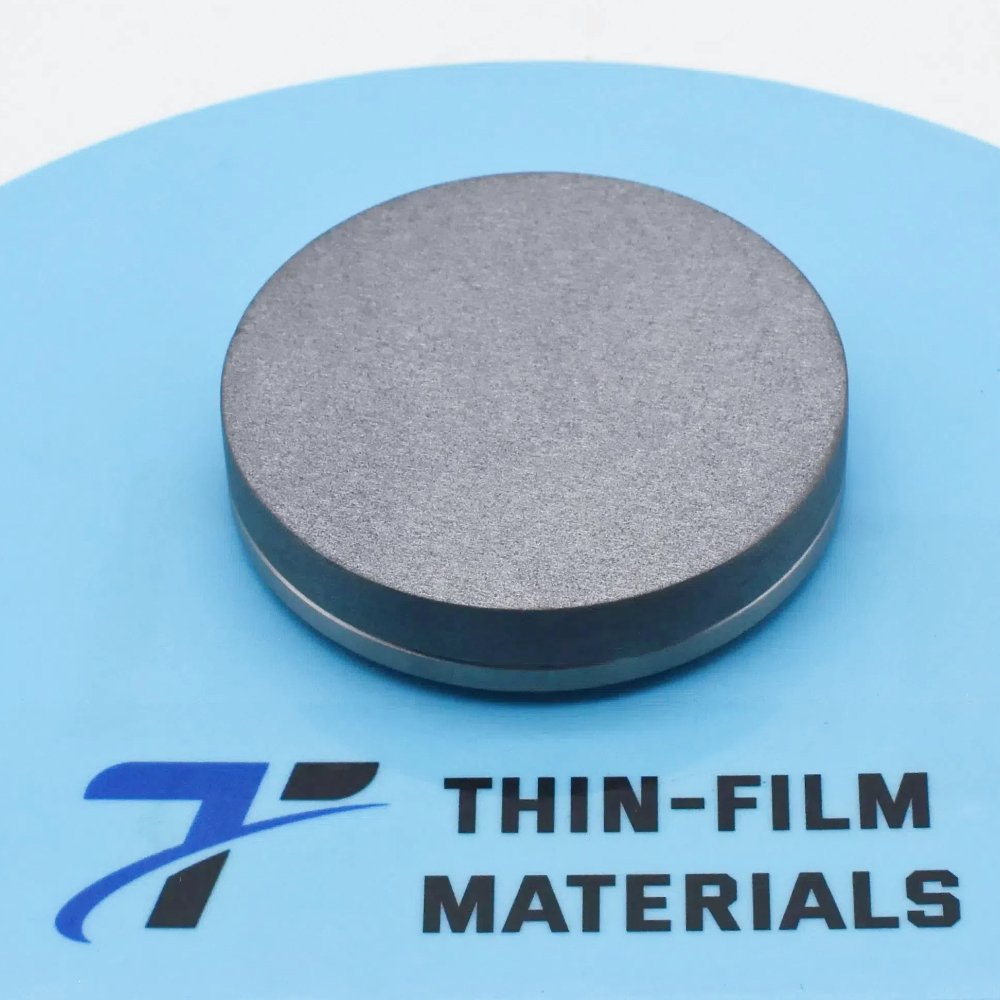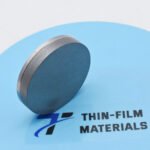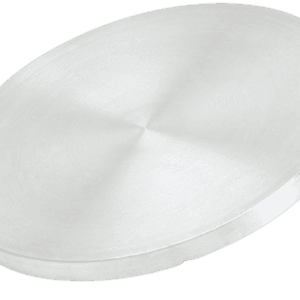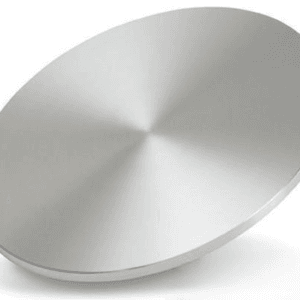Tellurium Sputtering Target Description
Tellurium Sputtering Targets are distinguished by their outstanding properties, making them ideal for various advanced applications. Their high purity ensures consistent, defect-free film deposition, which is vital for demanding uses. The high density of these targets provides robust physical strength and stability, suitable for challenging industrial environments. With low resistivity, they support efficient electron transport, and their excellent electrical conductivity ensures stable performance. Additionally, Tellurium Sputtering Targets demonstrate superior thermal stability, enduring harsh conditions and resisting thermal degradation. Their high sputtering rate allows for efficient film deposition, while good adhesion ensures strong bonding. These characteristics make Tellurium Sputtering Targets indispensable in fields such as electronics, communications, energy production, and environmental protection. They are particularly useful in the fabrication of solar cells, electronic devices, sensors, displays, and other cutting-edge technologies that demand high-quality thin films.
Related Product: Germanium Antimony Telluride Sputtering Target, Copper Zinc Telluride Sputtering Target
Tellurium Sputtering Target Specifications
| Compound Formula | Te |
| Molecular Weight | 127.60 |
| Appearance | Silver Grey Target |
| Melting Point | 449.51 °C |
| Density | 6.24 g/cm3 |
| Available Sizes | Dia.: 1.0″, 2.0″, 3.0″, 4.0″, 5.0″, 6.0″ Thick: 0.125″, 0.250″ |
Tellurium Sputtering Target Handling Notes
Indium bonding is highly recommended for the Tellurium Sputtering Target due to certain characteristics that make direct sputtering challenging, such as its brittleness and low thermal conductivity. Tellurium’s low thermal conductivity and susceptibility to thermal shock further emphasize the need for proper bonding to ensure optimal performance during sputtering processes.
Tellurium Sputtering Target Application
Solar Cells: Tellurium Sputtering Targets are ideal for creating high-efficiency solar cells, including crystalline silicon and thin-film solar cells. Their high purity and excellent conductivity make them a top choice for producing solar cells that deliver superior performance.
Electronic Devices: Tellurium Sputtering Targets are widely used in manufacturing various electronic components, such as thin-film resistors, capacitors, and transistors. Their high purity and exceptional electrical conductivity make them well-suited for producing reliable and efficient electronic devices.
Sensors: Tellurium Sputtering Targets are also key in fabricating various sensors, including temperature, gas, and humidity sensors. Their high sensitivity and stability make them an excellent material for producing sensors that require precise and consistent performance.
Displays: Tellurium Sputtering Targets are used in manufacturing various types of displays, such as liquid crystal displays (LCDs) and plasma displays. Their high purity and good electrical conductivity make them ideal for ensuring high-quality display production.
Tellurium Sputtering Target Packaging
Our Tellurium Sputtering Target is carefully handled during storage and transportation to preserve the quality of our products in their original condition.
Get Contact
TFM’s Tellurium Sputtering Target is available in a range of forms, purities, and sizes. We specialize in producing high-purity physical vapor deposition (PVD) materials with maximum density and minimal average grain sizes, making them ideal for use in semiconductor applications, chemical vapor deposition (CVD), and PVD processes for display and optical technologies.








Reviews
There are no reviews yet.